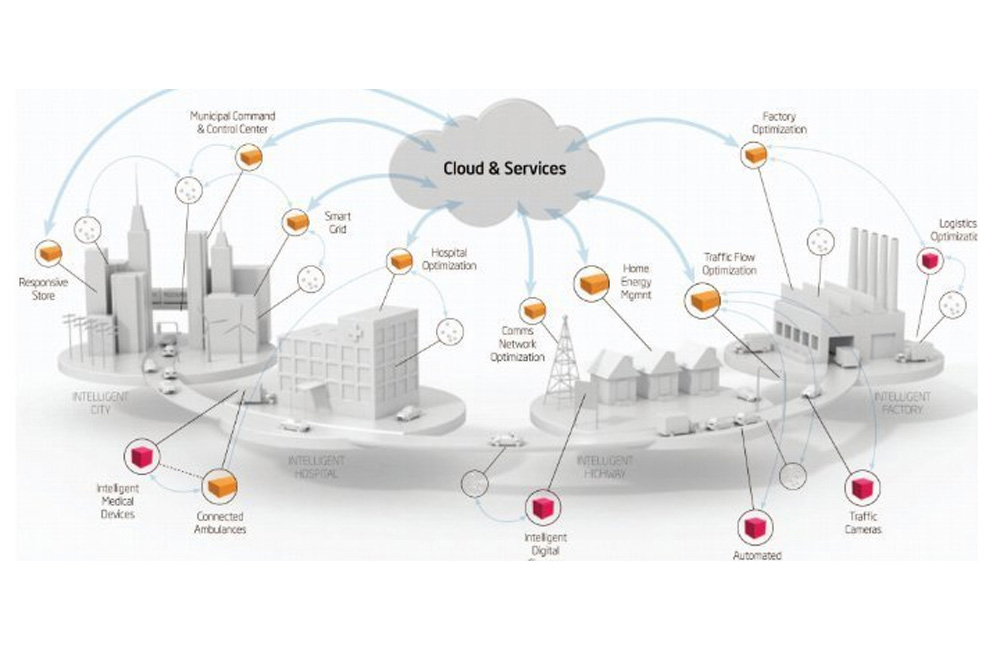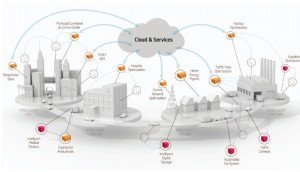
The Internet of Things (IoT) is a concept-environment in which physical objects are capable of sending, and receiving, pertinent information across a network – without the necessary involvement of a human-being. If you’ve heard of this concept before and found yourself confused and wondering: “but, what are the things?” don’t be discouraged. The things are probably exactly what you’ve been imagining, and it is easy to over-think this idea. I am, quite literally, referring to the things that we encounter throughout the progression of our day to day lives. That is, the machines and appliances that we live and work with, our methods of transportation, our homes, and items we bring into our homes, such as goods, objects and devices. It sounds like something out of a science fiction story. However, many people had a similar outlook on ‘smart’ technology at the advent of the pioneering ‘smart’ devices, and look at where we stand now regarding smart tech. The point being that – this is the way of the future, and an internet of things is the reality we’re about to embrace in the modern age.
The Internet of Things can be analogously considered a superhighway for information on its way to be processed. Except, instead of vehicles carrying passengers to a destination, we're looking at data in all shapes and sizes carrying the answers to tomorrows questions. The raw information collected, stored, and transmitted by devices can be refined into useful statistics regarding a particular inquiry through a process referred to as ‘data mining’. Through the process of data mining, the relationship between the customer and the manufacturer can be drastically improved upon. Ideally, manufacturers will find it easier, and yield more success, in reaching their target markets. And, customers will discover that it is easier to find a solution to their search for the perfect product. Manufacturers will be able to see how consumers use their products, or where the product falls short in meeting the expectations of the consumer. With this new perspective manufacturers and consumers can learn together how to improve ‘things’ for future users.
One might ask, “Where does all of this raw and refined data reside?” And the answer would quite simply be – in the cloud. The cloud, which I’m sure you’ve heard of, is estimated to be approximately 4000 exabytes in size. One exabyte is equal to approximately one quintillion bytes, or in other words, one billion gigabytes. According to Dr. John Barrett, the head of Academic Studies at the Nimbus Centre for Embedded Systems Research at Cork Institute of Technology in Ireland, 4000 exabytes is essentially a stack of books from the Earth to Pluto and back, 80 times. That being said – we have more than ample space at our disposal to collect all sorts of data for learning about, and improving upon our future in all aspects of life.

